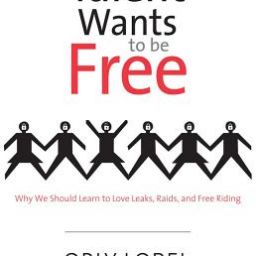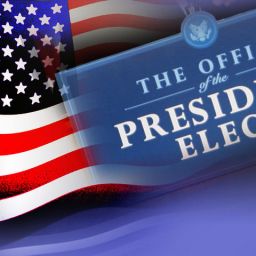James Boyle’s The Public Domain: Enclosing the Commons of the Mind is an excellent overview of the complexity of the modern intellectual property system. This book builds upon the works of the popularizers of copyright scholarship, including Lawrence Lessig, Siva Vaidhyanathan, and Yochai Benkler.
This would be an excellent book to teach a survey class (or for self-study) on IP issues, considering it touches on many cutting edge legal and public policy issues (and does not shirk on patent law). There are more distinguished reviewers who will be able to critique the substance of the argument — therefore the remainder of this review will focus on this book as a knowledge provider.
The gift (of knowledge) that keeps giving
The Public Domain has a very unique copyright statement. It starts with the usual (c) statement of “All rights reserved” but does not end there, by acknowledging fair use and other rights under sections 107 and 108 (though it would be nice if they were delineated rather than lawyer-talk).
But by far the most unique aspect is the listing of the website of the online version, available under a Creative Commons license. While other authors, such as Lessig, have released online versions of their books, these releases have not been simultaneous with the print version. To my (present) knowledge, only Yale University Press (also publisher of Benkler’s Wealth of Networks) has allowed for readers of the print and online versions to read the same materials from publication date.
Yale University Press, the publisher, thinks it is financially feasible to both allow the author to retain the copyright — and to have the entire book available online. I hope this strategy works because it has led to at least two purchases (this review is based on my physical copy and my library is buying another) and you reading this should consider buying a copy too!
Fandom matters
I don’t really know if James Boyle is a music fan, but he writes like one. In my favorite section of the book, Chapter 6 describes the musical history of a single song back to 1904— George Bush Doesn’t Care About Black People. Like Vaidhyanathan’s description of the H.R. Pufnstuf / McDonaldland case in Copyrights and Copywrongs, the detailed description is fantastic.
One of the most important aspects of this section is showing how blurry the line is between parody (has greater legal protection) and satire. When Kayne West in Golddigger uses a sample of a Ray Charles song about a profusely giving woman sung by Jamie Foxx (who starred as Ray Charles in his biopic) to describe “a predatory, sensual, and materialistic woman” is it parody, satire or homage? And when that song’s similar sample is used as “a lyrical and profane condemnation of the response to Katrina by both the government and the media,” especially George Bush what type of legal protection (or not) should the samplel have? Boyle does an excellect job of demonsrating how musical compositions build upon each other over time — disregarding legal consequences.
Where do we go from here?
Often when anyone starts research they do not know where to start and a very underutilized source of information is the bibliography / works cited (and the index!). Boyle’s Notes and Futher Readings Section is the best I’ve seen in a long time, with notations for both the novice and those doing in-depth research. For example, the notes for Chapter 6 are divided into further reading,musical history, musical borrowing, music and copyright law, the people and the music, and citations. I am so pleased that the phrase “single best starting point” is employed in the notes section! The Notes section will be useful to researchers for many years to come.



